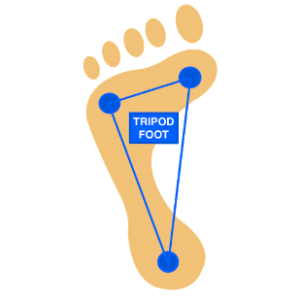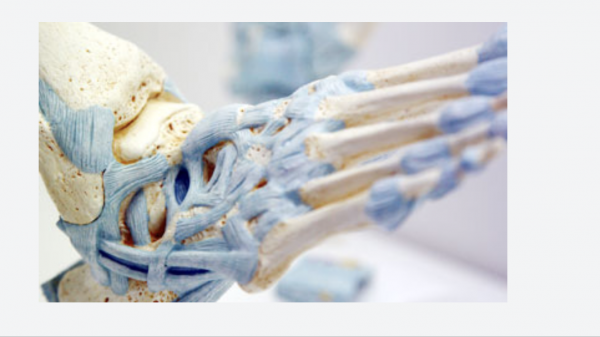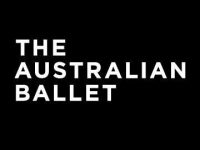Take a SnapShot at Our Wonderful Feet
Part 2
by Sally Harrison from Pro-Align & Strength4Dance
How did you go with the information and videos in part 1? Did you try some daily foot releases and mobility drills? More time barefoot? Did you notice how this affected your muscle action higher up in the chain?
In this instalment we will be looking at foot motion.
Movement occurs along a spectrum; we could view this as movement from right to left or from closed to open or even up and down. For a happy healthy body, we want to achieve movement along the whole spectrum with the ability to ‘find centre’ in the middle.
The movement spectrum for the feet is from pronation to supination via centre, which is an even tripod.
Let’s start with centre …. what is tripod?
 Tripod foot = even weight distribution between the 1st, 5th metatarsal heads and the centre of the heel.
Tripod foot = even weight distribution between the 1st, 5th metatarsal heads and the centre of the heel.
The foot will have 3 arches, medial (inside), lateral (outside) and transverse (across the front, Met heads…..toe knuckles).
Learning to feel the pressures under the foot is invaluable. It will give us so much information about how we are sharing the weight through the body and also how things will be affected higher up in the chain.
Let’s look at the 2 ends of motion;
- Pronation …
This end of the movement spectrum is the foot which acts as a ‘mobile adapter’.
If we refer back to part 1 we saw that;
Each foot has 26 bones and 33 joints. The joints have a vertical orientation allowing for joints to open and force to be transmitted into the tissues when weightbearing.
With so many bones and joints it makes sense that the foot is designed to be mobile, and move! This happens when we pronate. Pronation is NECESSASRY to give a stretch to the muscles of the lower limb and allow them to contract and so propel you forward into movement. It works as a great shock absorber and loads our connective tissue which has really effective energy transfer properties, making us spring and rebound. The pronated foot also corresponds with a bent knee, ankle and hip.
2. Supination …..
Living at the other end of the movement spectrum, this position of the foot is termed a ‘rigid lever’. As mentioned in part 1 the vertical alignment of the joints changes en pointe or in high heels, where the joints are more horizontal and lose their shock absorbing properties.
We need this rigid position to help create a strong platform to move from. The supinated foot also corresponds with a straight knee and hip.
Pronation is essential for movement, as is supination. Both are needed for happy foot health and neither are the enemy.
We should see and feel a pronating foot when we:
- Plie
- Land from jumps
- Fondu
- Squat
- Lunge
- Activities with triple flexion (bend of the ankle, knee and hip)
We will see and feel a supinating foot when we:
- Rise
- Wear chorus heels
- Return from any of the movements mentioned above with pronation.
With this in mind, if we look at a simple ballet exercise, we should have an even tripod foot when standing in 1st, 3rd, 5th, feel a pronating foot when we plie and a supinated foot with full rise. Both ends of the movement spectrum via centre.
Here are some things to look out for that will help you feel whether you have proper movement or a foot that is just ‘rolling’ or ‘collapsing’
Refer to these videos for more information.
Why pronation gets a bad name ….
Pronation often gets a bad rap and is seen as the enemy. As we have seen however it is a necessary movement and is the position that loads the muscles and ‘switches’ them on. Pronation can become more of a problem if we can’t get out of that position and so the foot remains mobile and lengthened. Remember we need to access both sides of the movement spectrum. If we live in pronation then our ligaments, connective tissues and muscles are always lengthened which in turn creates excess stress into the tissues. We need to access the centre and rigid lever position to allow the tissues to ‘offload’.
The body doesn’t like excess stress and so will respond by strengthening areas that receive too much with extra bone, thickened ligaments and capsules.
The type of injuries linked to non optimal pronation are;
- Sesamoisitis (inflammation of the bones and their surrounding tissues under the 1st toe)
- Plantar fascia pain
- Heel spurs
- Bunions
- Hallux rigidus – stiff 1st toe
- Tib post tendonitis/ tendonopathy
- Cuboid compression
If you have had any of these injuries then have a ‘check in’ of your feet. Where are your foot pressures?
A daily foot check in forms part of injury prevention 101. Follow this video and see what your feet are doing.
Things to think about to help our feet from this section; part 2
- What is my tripod? Is my weight even or is there more pressure on the inside, outside, back ,front?
- Can I access supination? Does my arch lift?
- Do I have hyper knees ? What happens to my feet if I unlock my knees?
- When I bend, what do my arches do ? Lengthen or lift?
Stay curious and take notice of what is happening in your body.
In Part 3 we will be looking at, fascial strength and support and some of the common foot strengthening exercises.
Pro-align; physiotherapy for dancers













